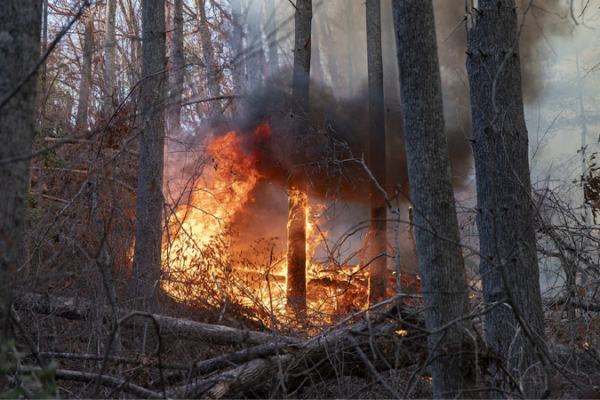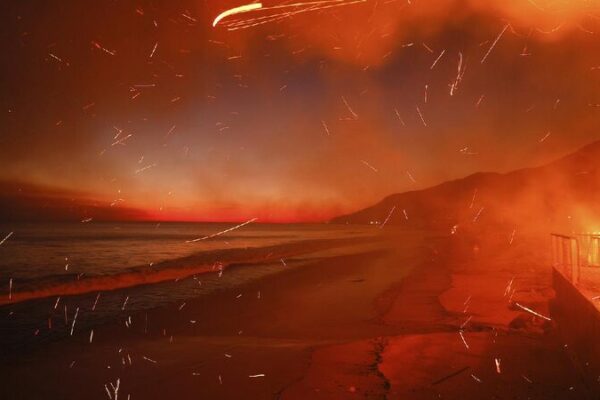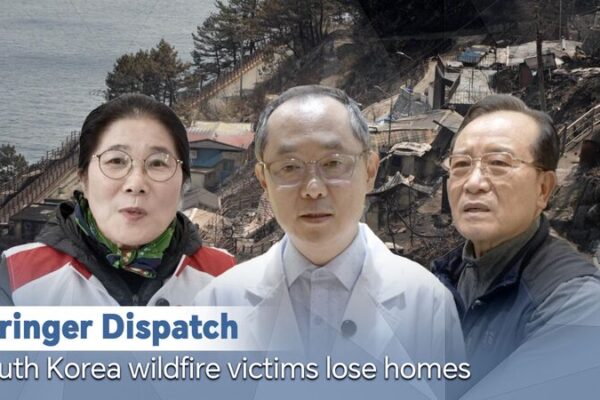Wind-driven wildfires have devastated southern South Korea, leaving at least 24 people dead and forcing 27,000 residents to evacuate, officials reported on Wednesday. The fires have destroyed more than 200 structures, including homes and historic sites, as they continue to spread across the region.
Most of the victims are in their 60s and 70s, authorities said. Among the deceased is a helicopter pilot who died when his aircraft crashed during efforts to contain the wildfires in the southeastern town of Uiseong, one of the areas hardest hit by the blazes.
The fires ignited in Sancheong County on Friday afternoon and rapidly spread to Uiseong County. Driven by strong, dry winds, the flames have advanced into neighboring counties, including Andong, Cheongsong, Yeongyang, and Yeongdeok.
In a televised address, South Korea’s Prime Minister Han Duck-soo described the wildfires as some of the worst the country has ever experienced. “Damages are snowballing,” Han said. “There are concerns that we’ll have wildfire damages that we’ve never experienced, so we have to concentrate all our capabilities to put out the wildfires in the rest of this week.”
Approximately 4,650 firefighters, soldiers, and other personnel are battling the fires with the help of about 130 helicopters. Efforts have been hampered by strong winds that swept the areas overnight, reigniting flames in regions previously brought under control. Officials anticipate a small amount of rain, 5-10 millimeters, on Thursday, which could aid containment efforts.
Residents in several areas have been ordered to evacuate. In the southeastern coastal town of Yeongdeok, authorities alerted villagers to seek shelter in an indoor gymnasium. In Andong, strong winds and smoke-filled skies forced evacuations in two villages, including Puncheon, home to the UNESCO World Heritage Site Hahoe Folk Village, founded in the 14th-15th century.
Hikers were advised to leave Jirisan Mountain, one of the country’s largest national parks, as fires spread closer. On Tuesday, officials believed they had extinguished most of the flames, but wind and dry conditions allowed them to flare up again.
The blaze in Uiseong caused significant damage to Gounsa Temple, originally built in the 7th century. Nearly half of the temple’s more than 30 structures were destroyed, including two state-designated treasures: a pavilion-shaped building erected in 1668 and a Joseon Dynasty structure built in 1904 to honor a king’s longevity.
The Korea Forest Service raised its wildfire warning to the highest level nationwide. Local governments are required to assign more workers to emergency response, tighten entry restrictions for forests and parks, and recommend that military units withhold live-fire exercises.
Government officials suspect human error may have played a role in several of the fires. Possible causes include the use of fire while clearing overgrown grass in family tombs or sparks from welding work. Investigations into the exact causes are ongoing.
Reference(s):
cgtn.com








